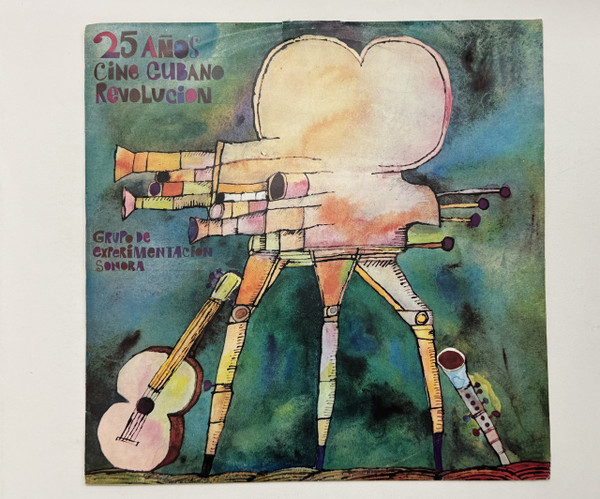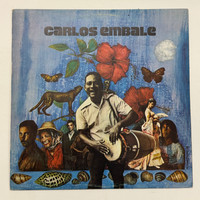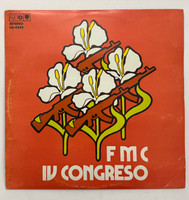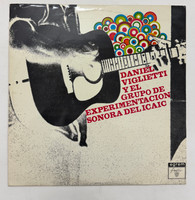- Travel
-
Exhibits
- José Fuster
- La Portada Cubana
- Immortal Cuba: Artists Take on Their Heroes
- Seattle Poster Exhibit
- Sandra Dooley & Alejandrina Cué
- The Art of Wayacón
- Cuban Folk Art
- Cuba In Black And White
- 25 Years of Cuban Art Space
- Summer Folk Art Expo
- ¡SPRING AWAKENING FROM CUBA!
- Celebrating The Art Of Cuban Women
- Celebrating Paper, Affordable Art from Cuba
- Art of the Revolution
- Outsider Art
- Lost and Found
- En la lucha: Celebrating Cuban Women and Their Art
- Cuban Art Stash
- 100 Fires: 5 Cienfuegos Artists' Work on Paper
- Waya + Monte! Magic Realism in Cienfuegos
- Viva Cuba Viva! Poster Show
- Cultivando Sueños
- Black Lives Matter in Cuba Jan 9-March 27
- Leandro Soto: Crónicas visuales
- Cuban Canvas
-
Archive
- Global Reflection 2018: Spirit and Community
- Exhibit in the cloud: Contemporary Works on Paper
- MADE IN CUBA! MINNEAPOLIS EXHIBIT
- Cuban Posters and Photography from CCS collection
- AUTUMN SALE! Sept/Oct 2017
- SPRING ARTS AND CRAFT SALE
- Vuelo Directo/Non Stop: Alberto & Alejandro Lescay
- The Many Faces of Fidel
- Somos
- Made in Cuba!
- The US empire in Cuban graphics
- Made in Cuba/Seattle exhibit
- Entre Nos
- Looking Back
- Cuban Art Space
- Membership/Donate
- About Us
- Cuba News
-
This commemorative album celebrates twenty-five years of revolutionary Cuban cinema and the Grupo de Experimentación Sonora's crucial role in creating ICAIC's sonic identity. Released in 1984 to mark the anniversary of both the 1959 revolution and the founding of the Cuban Film Institute, this recording documents the evolution of Cuba's most influential musical collective and their contribution to Nueva Trova.
The cover features a dreamlike watercolor illustration showing a whimsical camera operator figure with an oversized head merged with a film camera, striding forward with long yellow-striped legs. Surrounding the figure are musical instruments—a guitar, recorder, and other implements—floating in an atmospheric wash of turquoise, teal, orange, pink, and yellow. The loose, expressive watercolor technique creates a magical realism aesthetic that perfectly captures the fusion of cinema and music that defined ICAIC's experimental approach. Hand-lettered text in purple and gray announces "25 AÑOS CINE CUBANO REVOLUCIÓN" and "GRUPO de EXPERIMENTACIÓN SONORA."
The extensive liner notes trace the group's history from its formation in 1969 under Leo Brouwer and Sergio Vitier's direction. Initially conceived to create film soundtracks, the ensemble became a laboratory for musical innovation that would fundamentally shape Cuban popular music. The original members—including Pablo Milanés, Silvio Rodríguez, Noel Nicola, and Eduardo Ramos—combined traditional Cuban genres with jazz, rock, classical music, samba, and other Latin American and Caribbean styles.
By 1972, the Nueva Trova movement had crystallized, with the group expanding to include Sergio Vitier on guitar and keyboards, Emiliano Salvador on piano, and various wind, string, and percussion instrumentalists. The collective's approach—combining improvisation with rigorous study of harmony, instrumentation, orchestration, fugue, counterpoint, musical forms, electroacoustic techniques, and recording technology—created an unprecedented workshop for musical experimentation in Cuba.
Tracks include iconic Nueva Trova songs: "Hombre que Vas Creciendo" and "Quien Me Tienda la Mano al Pasar" by Pablo Milanés, "Madre" and "El Rey de las Flores" by Silvio Rodríguez, "Radiografía de una Aparencia" and "Para una Imaginaria María del Carmen" by Noel Nicola, "Salgo de Casa" by Eduardo Ramos, and "El Programa del Moncada" by Sara González. Produced by Eduardo Ramos and Pablo Menéndez with technical direction by Gerónimo Labrada, this stereo recording (LD-4177, CARA B) was manufactured at EGREM studios in Havana, documenting a unique moment in Cuban musical history when cinema and song merged to create revolutionary culture.
-
-
Discover More at the Center for Cuban Studies







